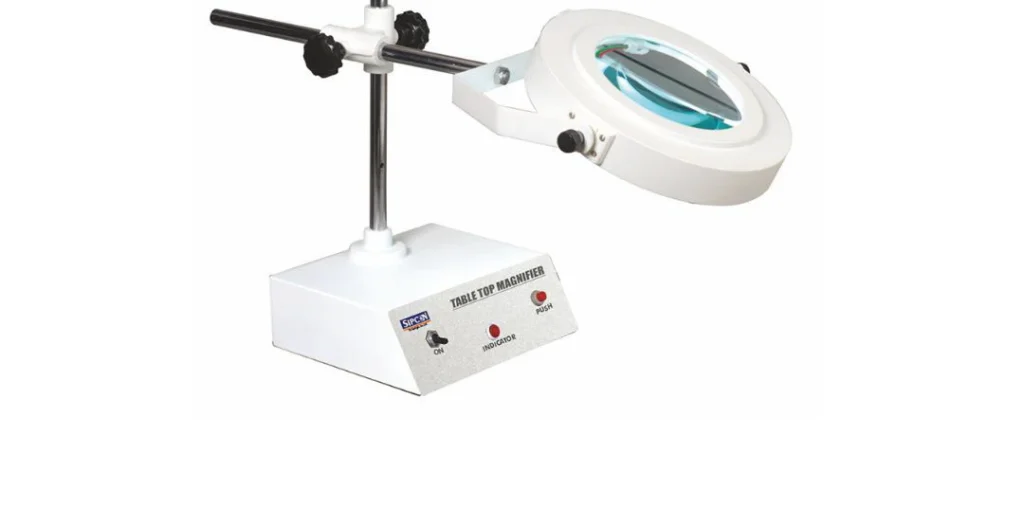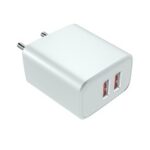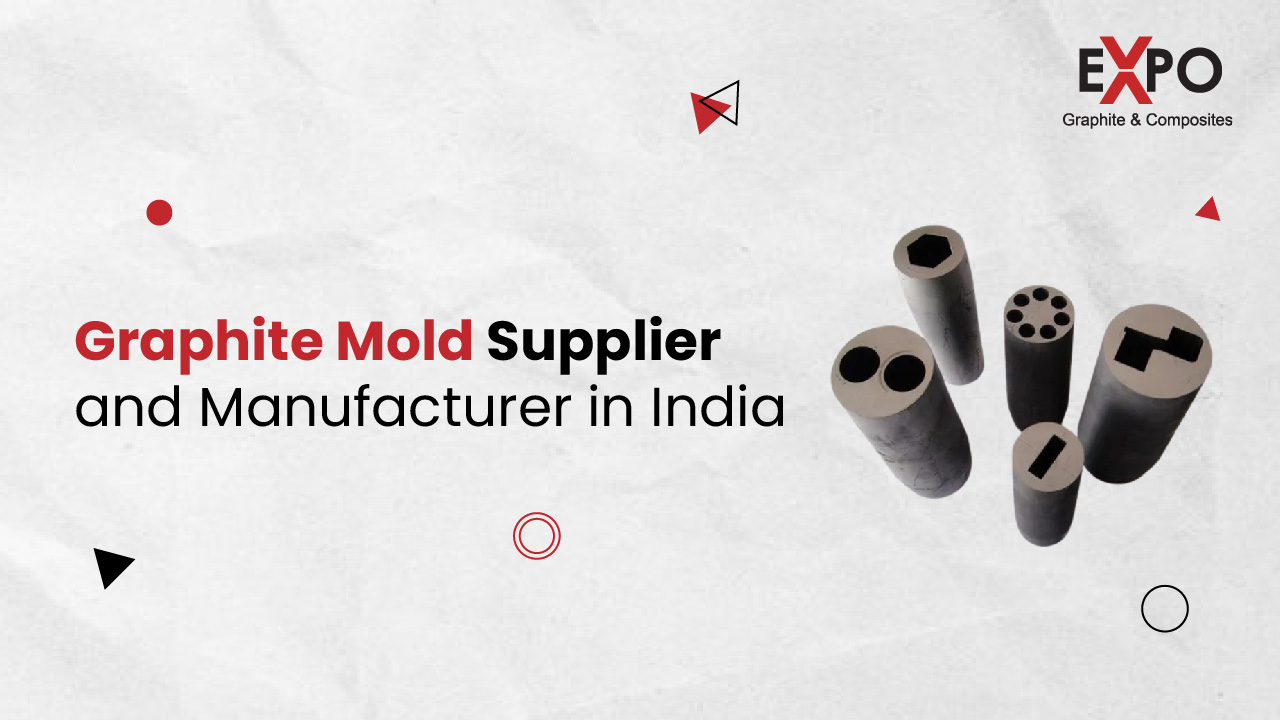In high-precision testing and industrial quality inspection, the hot air oven cannot be left behind. Be it validating insulation quality, testing thermal performance, or testing material against controlled heat, a hot air oven delivers the stable and even temperature condition that ensures results on a par with expectations. Laboratory settings, electric component makers, and the hot air oven are the go-to sources for trusted thermal testing processes.
How Hot Air Ovens Help in Enhancing Performance
When it comes to testing sensitive electrical materials like insulation jackets, conductors, or plastic polymers, even heat distribution isn’t a luxury – it’s a requirement. A hot air oven provides it by circulating warm air with a blower or fan, so every test sample is exposed to the same temperature for a set time. The outcome? Consistent, reliable data that feeds product development as well as regulatory compliance.
In cable testing industries in India, thermal degradation testing, or even simple heat endurance experiments, the hot air oven is usually the first tool taken off the shelf. It enables engineers to mimic the long-term exposure to high temperatures, enabling them to reveal defects or verify product longevity. Without a good-quality hot air oven, data integrity gets jeopardized, and this may result in costly recalls, audit failures, or even unsafe product releases.
Realizing the Significance of Hot Air Ovens in Testing
In essence, a hot air oven is meant to be able to sustain uniform internal temperatures, usually between 50°C to 300°C, based on the model and intended use. The inner compartment is insulated with heating elements that are controlled by precise digital or analog controllers. The ovens may be available in natural convection or forced air circulation forms, with the latter being preferred for operations where uniformity and efficiency of temperature achievement are essential.
In thermal test environments, particularly where insulated wires or polymer coverings are involved, ensuring tight thermal tolerances can have an enormous bearing on the outcome. A 5–10°C difference could potentially bias the result, especially in endurance testing or thermal aging cycles. This is when a consistent hot air oven is more than just an instrument, but an integral component of the quality assurance process.
Why Uniform Heating Matters
Consider, for example, a thermal aging test aimed at measuring how insulation performs after 100 hours at 160°C. If the oven is not heated evenly, some parts of the material may age differently from others, resulting in false conclusions. Even heating guarantees that all sections of the test sample are exposed to the same conditions, which enables true performance testing.
Additionally, during batch sample testing, the size of a hot air oven’s chamber and airflow design directly influence the number of samples that can be treated without losing accuracy. This has a direct bearing on throughput, efficiency, and cost savings.
Safety and Precision Go Hand in Hand
An ideal hot air oven is also designed with multiple safety layers, such as overheat protection, auto-shutoff options, and alarm functions based on temperature. All these prevent overheating from causing damage or deformation to both the equipment and sample material. Such protective features become obligatory in places dealing with flammable or sensitive substances.
In addition, some newer models include programmable options that enable engineers to automatically execute complicated heating sequences. This is particularly beneficial in R&D labs where there are multiple stages of heating and cooling in a single test procedure.
Why Choosing the Right Oven Matters
All hot air ovens are not the same. Some are ideal for simple drying and sterilization operations, while others are specific to precision-level applications such as testing materials. When choosing an oven for precision-level operations, the internal volume, heating time, temperature uniformity, and control interface should be considered.
Local conditions, such as humidity and power stability, may also influence performance. Hence, choosing a manufacturer that offers customization and local service support becomes a smart long-term investment.
How the Right Equipment Enhances Lab Efficiency
Aside from performance and safety, a proper hot air oven can also increase lab productivity. Quick heat-up and recovery times, reduced power consumption, and simplified calibration can drastically cut downtime and test cycles. In those industries where speed and accuracy directly correspond to profitability, this efficiency in operation can have a quantifiable impact.
It also encourages a culture of repeatability and confidence within lab engineers and technicians. When your equipment is dependable, your results are consistent—and that ultimately enhances both customer satisfaction and regulatory compliance.
Why It’s Time to Invest in the Best Hot Air Oven in India
India’s industrial landscape is rapidly advancing, and the demand for precision testing is higher than ever. Whether you’re part of a large-scale electrical manufacturing unit or a mid-sized materials testing lab, upgrading your thermal testing capabilities is essential. That starts with sourcing the right equipment.
If you want long-term reliability, consistent performance, and reliable technical support, it’s worth considering the best hot air oven in India. Not only does it lay the foundation for precise test results, but it also helps your lab meet domestic as well as international quality standards. Investing in the best equipment is not a cost, it’s a move toward future-proofing your testing infrastructure.




